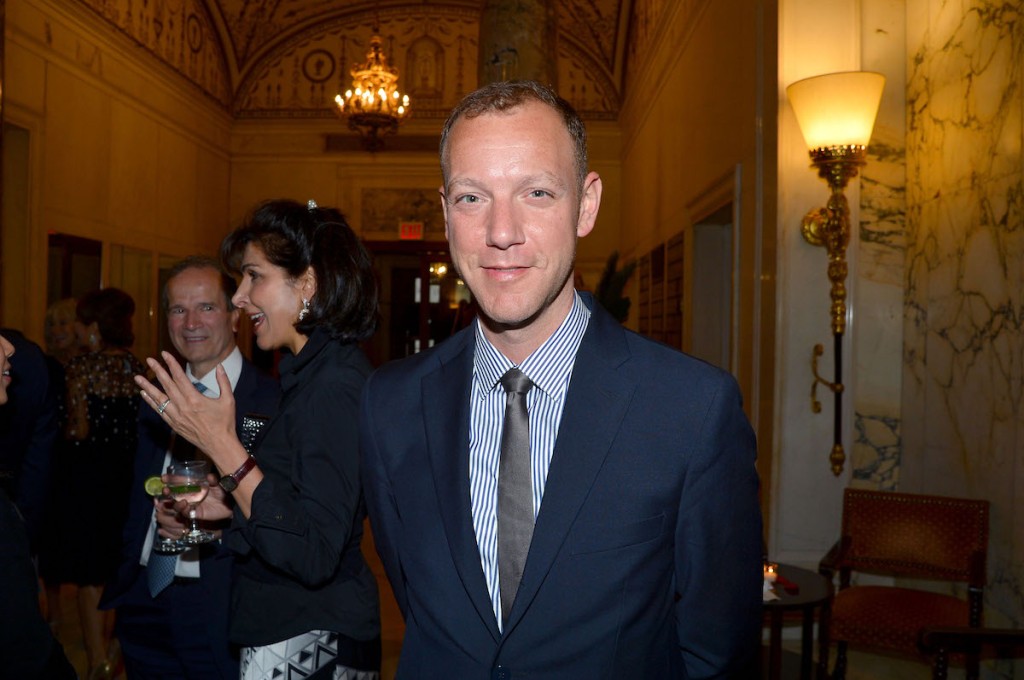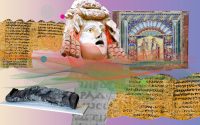Erwin Olaf, Photographer Whose Unsettling Imagery Found a Wide Audience, Dies at 64
Erwin Olaf, a Dutch photographer whose softly lit images of people in surrealist situations were seen widely, in venues ranging from the pages of fashion magazines to the galleries of art museums, has died at 64.
Olaf’s death was announced on Wednesday by his official Instagram page. His studio’s statement said that he had received a lung transplant a few weeks ago, then became ill earlier today. He was unresponsive to CPR.
According to a 2019 New York Times profile, Olaf had been diagnosed with emphysema in 1996 and had been told not to expect to live past 60. He ended up doing so—and expressed optimism at the time that he might even live to be 70.
Like many photographers today, Olaf worked both commercially and not, producing imagery for brands like Bottega Veneta and Diesel while also showing his work in renowned galleries and museums. Part of the reason he was able to do so was that his art did not fully conform either to the expectations of commercial photography or to the accepted look of art photography.
With its glossy, muted lighting and its mysterious subject matter, his art combined the aesthetics of the two. His tableaux are often static, stagey, and deliberately open-ended. One image shows three women in a theater that appears to be from a past era; none of them seem to acknowledge each other. Another features a shirtless man kneeling before a pool with little explanation for his setting or his outfit.
“We are drawn to his forms’ compositional acumen—the aesthetic substance of his art—for that is what carries emotions,” Donald Kuspit wrote in an Artforum review of one of his shows. “The figures otherwise seem emotionless, outwardly present but inwardly absent. Without their formal subtlety, Olaf’s photographs would be cold-bloodedly clinical—their subjects as lively as waxworks in Madame Tussaud’s museum.”
Within the Netherlands, Olaf’s work is well-known and widely exhibited. The Gemeentemuseum and the Fotomuseum, both in the Hague, gave Olaf surveys in 2019, and the year before, Olaf donated hundreds of works from his archive to the Rijksmuseum in Amsterdam. Yet his art held international appeal, too, and was in 2008 given an Aperture monograph.
Erwin Olaf was born in 1959 in Hilversum, the Netherlands. He enrolled at the Utrecht School for Journalism, but eventually chose a significantly different direction.
“One of the teachers of photography saw me lost and unhappy in this environment of mostly writing students and he convinced me to come to one of his classes,” he told i-D. “The first photographs I made were based on a question we as students had to answer to our photography teacher: ‘What is normal?’ My answer was a series of images I took at a home for mentally disabled people.”
Once he graduated, during the ’80s, Olaf photographed Amsterdam’s party scene and documented the burgeoning gay liberation movement taking place. Yet he quickly began to eschew a traditional documentary photography practice and embraced staged photography, asking punks and members of the queer community to pose for him in his studio. Within the studio, “I could stage my own fantasy, my own dream world, my own surrealism,” he told the Times.
His early documentary photographs appeared in Dutch queer publications and were occasionally shot on commission for LGBTQ groups such as COC. Once these images began to circulate more widely, mainstream outlets took note, putting Olaf on the path to fame.
Across the years, he shot many images of himself, subverting centuries-old formulae for self-portraiture in the process. Many are explicitly queer: one 1985 shot is an expressively lit black-and-white image of Olaf’s face covered in semen, while another group of pictures from 2007 shows the artist wearing wigs and makeup. Others, such as a 2000 photograph of the artist wearing an Yves Saint Laurent bag over his face and holding a whip, are less easily parsed.
His self-portraits sometimes meditated on his own mortality. Self-Portrait 50 Years: I Wish, I Am, I Will Be (2009) is a triptych showing one image of the artist as a hard-bodied youth, one image of him as he presently stood, and one image of him with grey hair and a breathing tube in his nose.
He told the Times, “It’s a huge advantage that you are aware that you have to live now and not tomorrow.”



